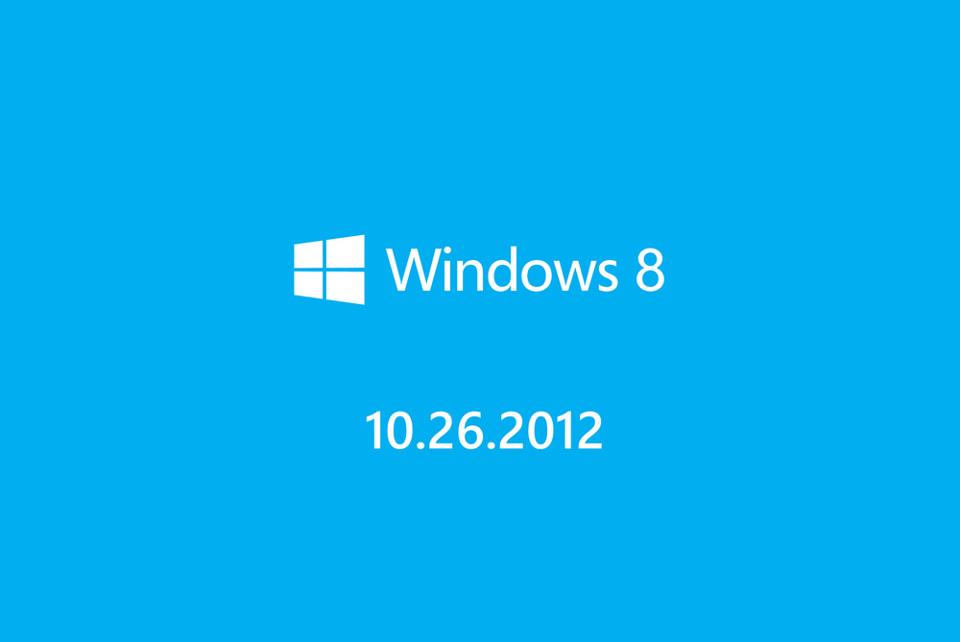Released a new version (1.3) Checking Tool Outlook Calendar – CalCheck.
This tool can be successfully used to validate the entries – each entry is checked, the power, accuracy of information publishing free / busy calendar and activities in Outlook.
Check it must be located on the Exchange Server 2003, 2007 or 2010.
The tool works with Microsoft Outlook 2003 – 2010.
Once installed, run cmd and type the appropriate command syntax CalCheck:


 English
English  polski
polski